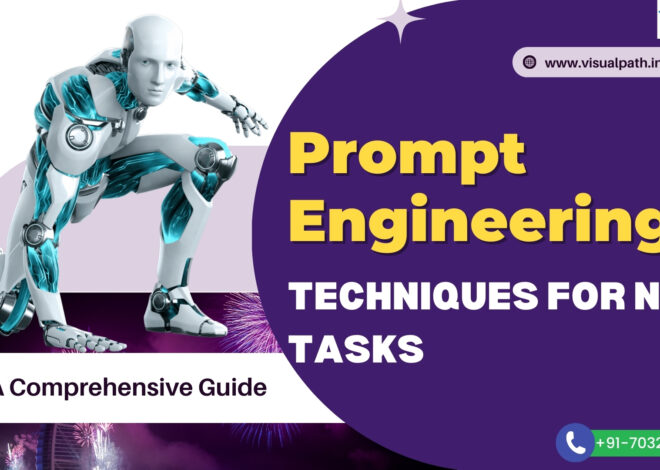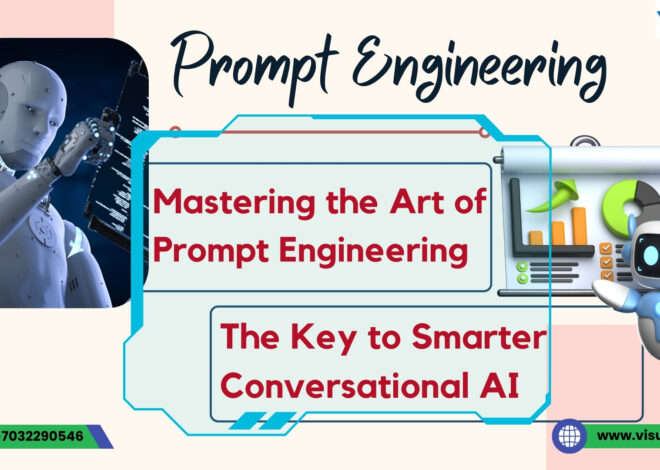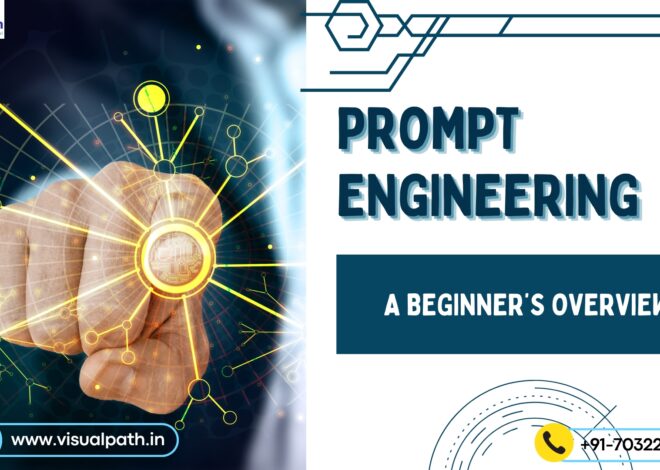Prompt Engineering Course provides a detailed exploration into the world of AI-driven image generation, which has seen tremendous growth with advances in machine learning models like DALL-E, Midjourney, and Stable Diffusion. At the core of prompt engineering lies the art of crafting effective prompts, a skill that maximizes the potential of these models to generate specific, relevant, and high-quality images. In this course, learners are introduced to foundational and advanced concepts in prompt engineering, with hands-on training that bridges the gap between human creativity and AI capabilities.
Prompt engineering training is key for those looking to work in creative industries, marketing, design, and content creation, where visual assets are increasingly generated by AI. With platforms like DALL-E and Midjourney, text-based inputs can be transformed into images that cater to a wide variety of demands and ideas. Understanding the nuances of these prompts — from vocabulary and phrasing to specific attributes like color, composition, and style — is essential for achieving precise results. The Prompt Engineering Training included in this course provides participants with tools, tips, and techniques for refining their prompts, allowing them to guide AI models toward producing high-quality and contextually relevant images.
Exploring the Basics of Prompt to Image Generation
In the early stages of the Prompt Engineering Course, learners focus on the basics of prompt-to-image generation. They explore how natural language prompts are transformed by neural networks into image data, and how the structure, tone, and specificity of language in prompts can influence the resulting image. This foundational training ensures participants understand how to clearly communicate their intentions to AI models.
Participants in prompt engineering training are taught the importance of specificity, which involves using descriptive terms to guide the AI. For instance, if one wants to generate an image of a “sunset over the ocean with pink and purple hues,” vague prompts like “sunset image” will likely produce a generic result. The course highlights the importance of adding details, teaching students to include contextual phrases, specify artistic styles, or mention particular attributes. The result is an AI model that understands and applies these aspects more precisely, resulting in an image that aligns with the intended vision.
Advanced Techniques in Prompt Engineering for Image Generation
As learners progress in the Prompt Engineering Course, the focus shifts to more advanced techniques that enable users to exercise greater control over the image outputs. These methods include applying specific art styles, such as “impressionistic” or “surreal,” or referencing well-known design elements, such as “minimalist” or “geometric.” Another technique involves layering prompts, which allows for complex images by combining multiple descriptive phrases. For example, a layered prompt might specify, “A futuristic cityscape under a dark sky, illuminated by neon lights, in a cyberpunk style.” The inclusion of these layers helps the model understand the broader context of the image, such as the atmosphere and lighting, while keeping it aligned with the stylistic expectations.
Another aspect covered in Prompt Engineering Training is the use of model-specific functions, where different AI models are explored, each with unique capabilities and quirks. For instance, some models might excel in photorealistic outputs, while others are better suited for cartoon-like or abstract images. By understanding which model to use, learners can enhance the accuracy and relevance of their generated images. Furthermore, the course introduces learners to model settings like resolution, color saturation, and noise reduction, which can further refine images to match specific aesthetic or quality standards.
In addition to model-specific knowledge, this training offers insights into using prompt engineering for brand-specific requirements. In industries where branding is paramount, prompts need to reflect specific color schemes, themes, or even mood tones associated with a brand. This ability to consistently generate images aligned with brand identity is invaluable for marketing, advertising, and content creation teams who require cohesive visuals across various campaigns.
Applications and Benefits of Prompt Engineering in Image Generation
Prompt engineering for image generation has a wide array of applications across different sectors. For e-commerce, it can quickly generate product images in various colors and settings, which speeds up marketing and listing processes. In the media and entertainment sectors, prompt engineering can support storyboarding or concept design, generating visuals that convey creative ideas for pitches or presentations. Architecture and interior design are other fields where prompt-to-image generation helps visualize concepts, allowing clients to see different designs, materials, or arrangements in real time.
By refining prompts, professionals can save time, cut down on costs, and achieve high-quality visuals that might otherwise require costly photography or graphic design. This also empowers smaller businesses or teams with limited budgets, enabling them to produce quality visuals comparable to those made by large-scale production teams. The course emphasizes the potential for prompt engineering to democratize creative fields by making high-quality image generation accessible to a broader audience.
Conclusion: Mastering Prompt Engineering for AI-Driven Image Generation
The Prompt Engineering Course is an essential step for anyone interested in mastering prompt-to-image generation. By focusing on practical and advanced techniques, the course equips participants with the skills needed to craft effective prompts, from simple descriptions to complex, layered commands. As a result, learners are prepared to create visually compelling and contextually relevant images tailored to their specific needs.
With the rise of AI-driven image generation, the need for well-crafted prompts is more critical than ever. Prompt engineering training in this course equips learners to understand how to maximize AI’s potential, enabling them to produce images that meet high standards for creativity, accuracy, and brand relevance. Whether for individual projects or professional applications, mastering prompt engineering opens up new creative avenues and optimizes workflows, marking it as a valuable skill in the evolving landscape of digital content creation.
Visualpath offers Prompt Engineering Course with real-time expert instructors and hands-on projects. Our Prompt Engineering Training, from industry experts and gain hands-on experience. We provide to individuals globally in the USA, UK, etc. Call +91-9989971070.
Course Covered: PromptGen, OpenAI, AI, GitHub, ChatGPT, A/B Testing Tools, Agenta.
Attend Free Demo
Call Now: +91-9989971070
Whatsapp: https://www.whatsapp.com/catalog/919989971070
Visit: https://www.visualpath.in/prompt-engineering-course.html




